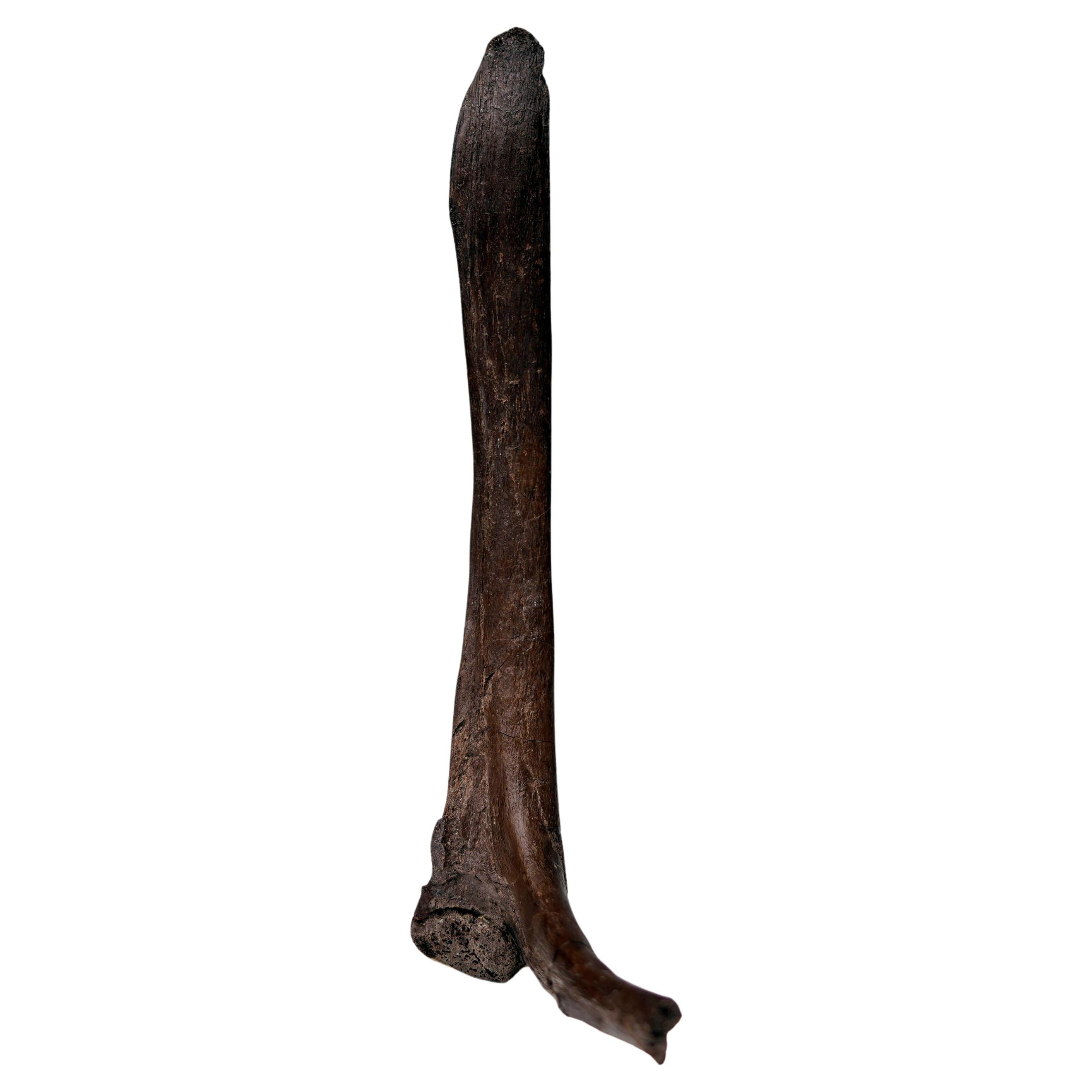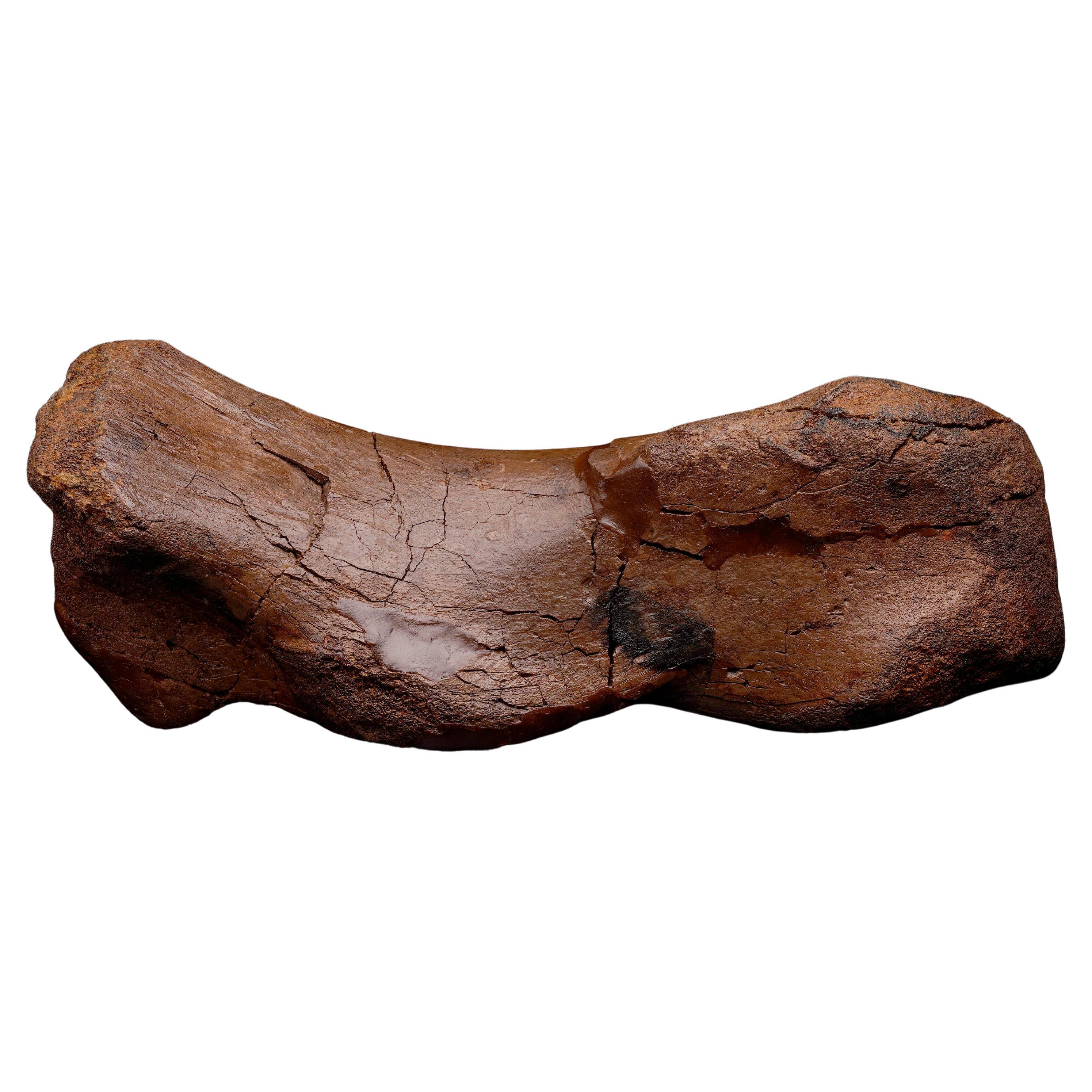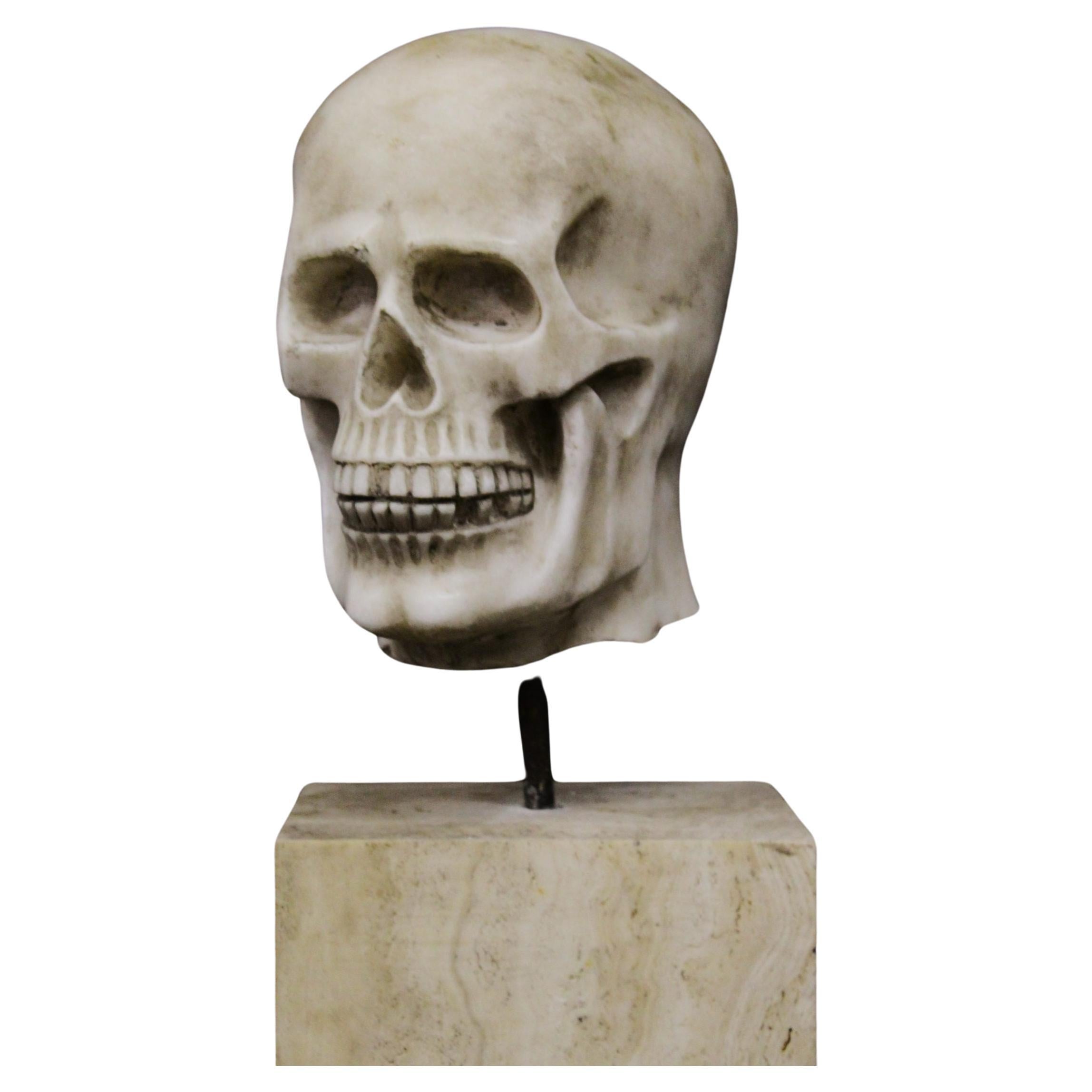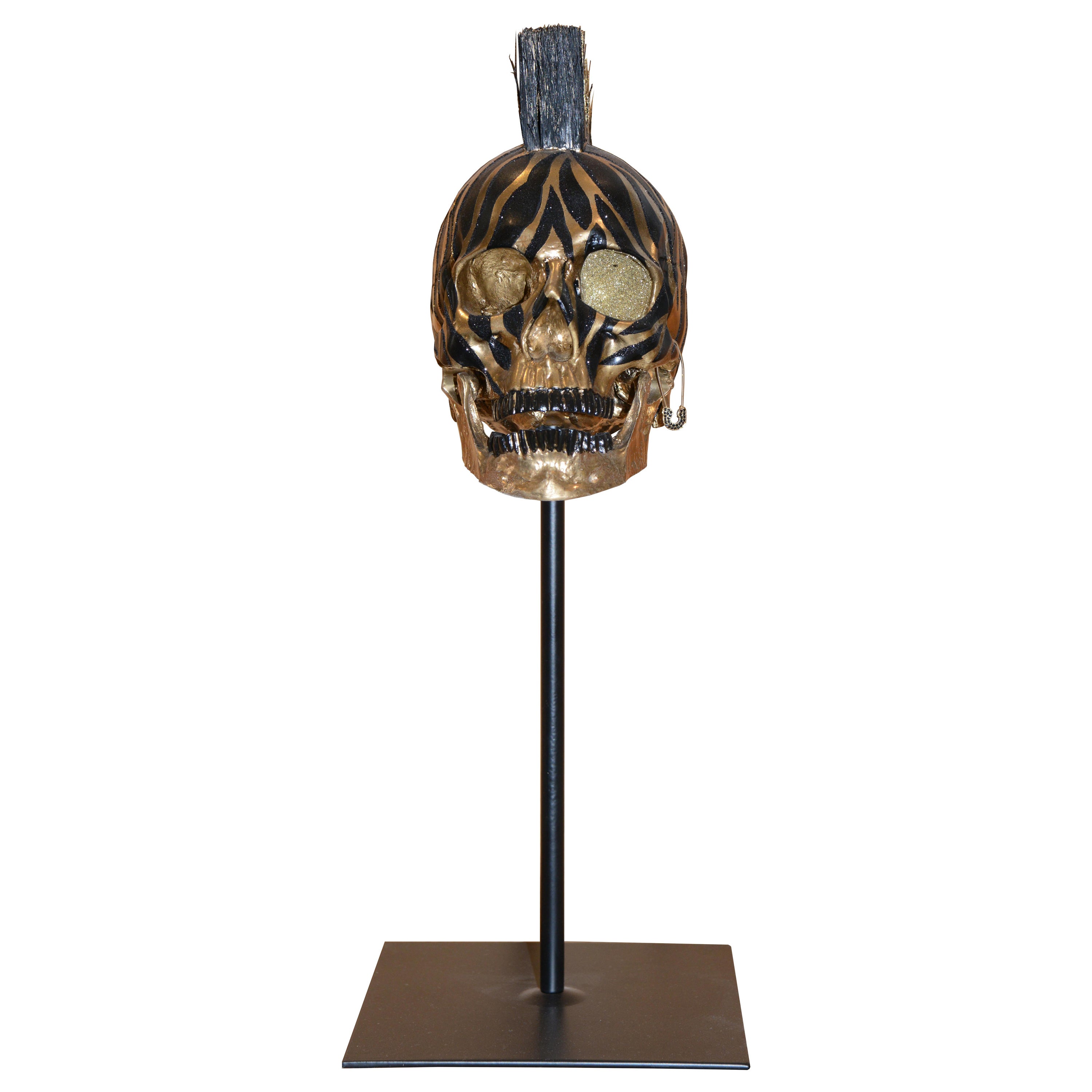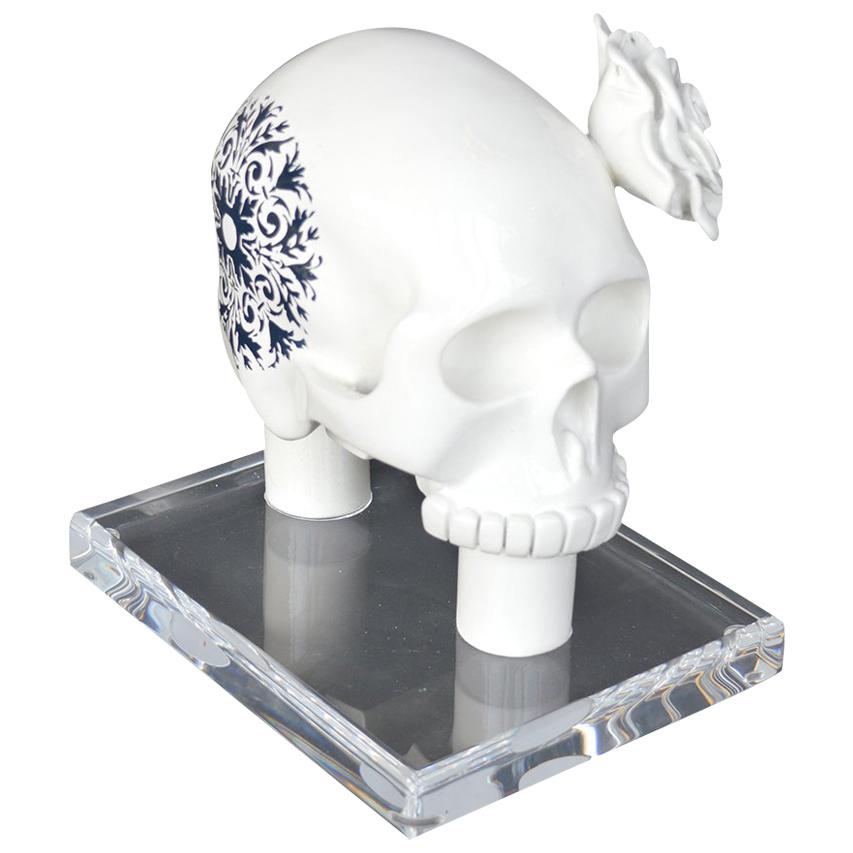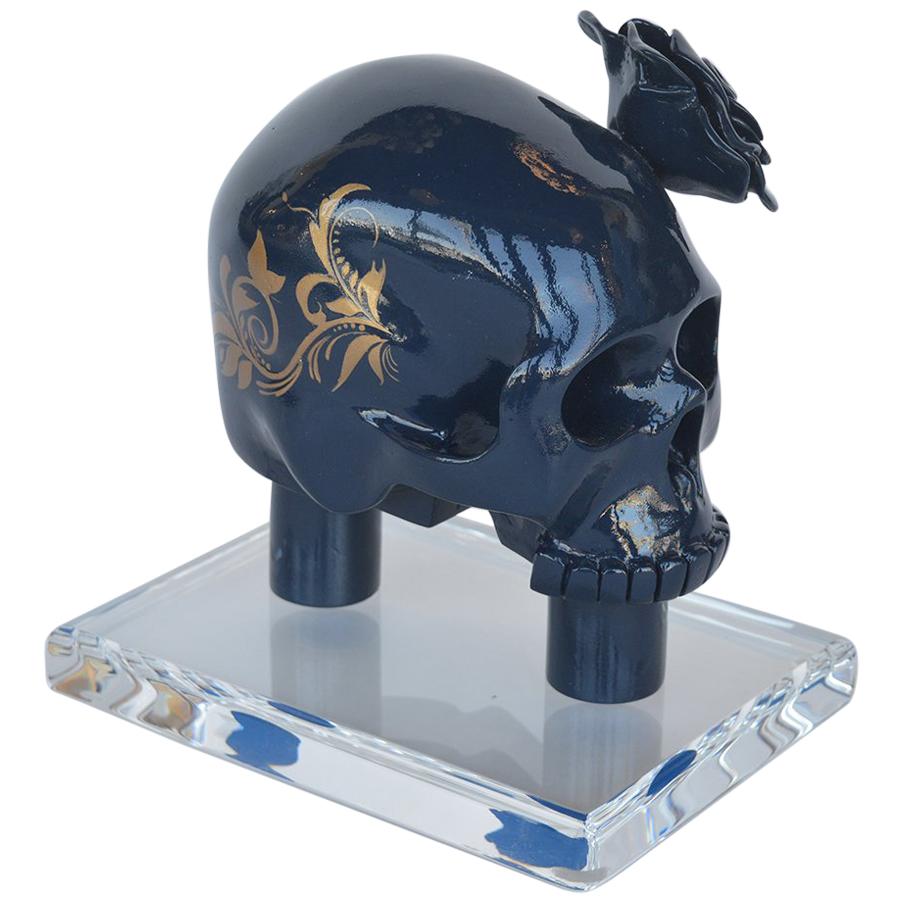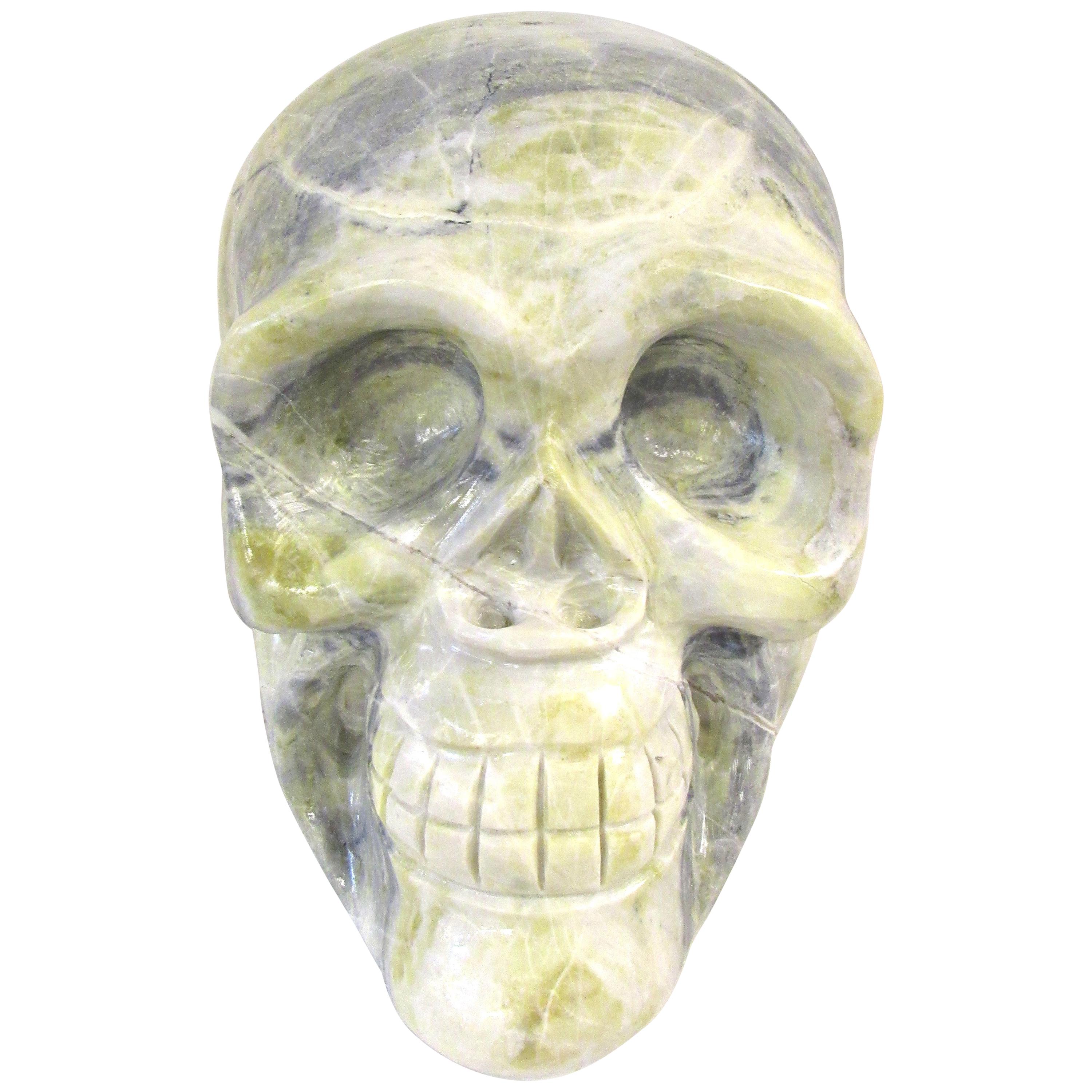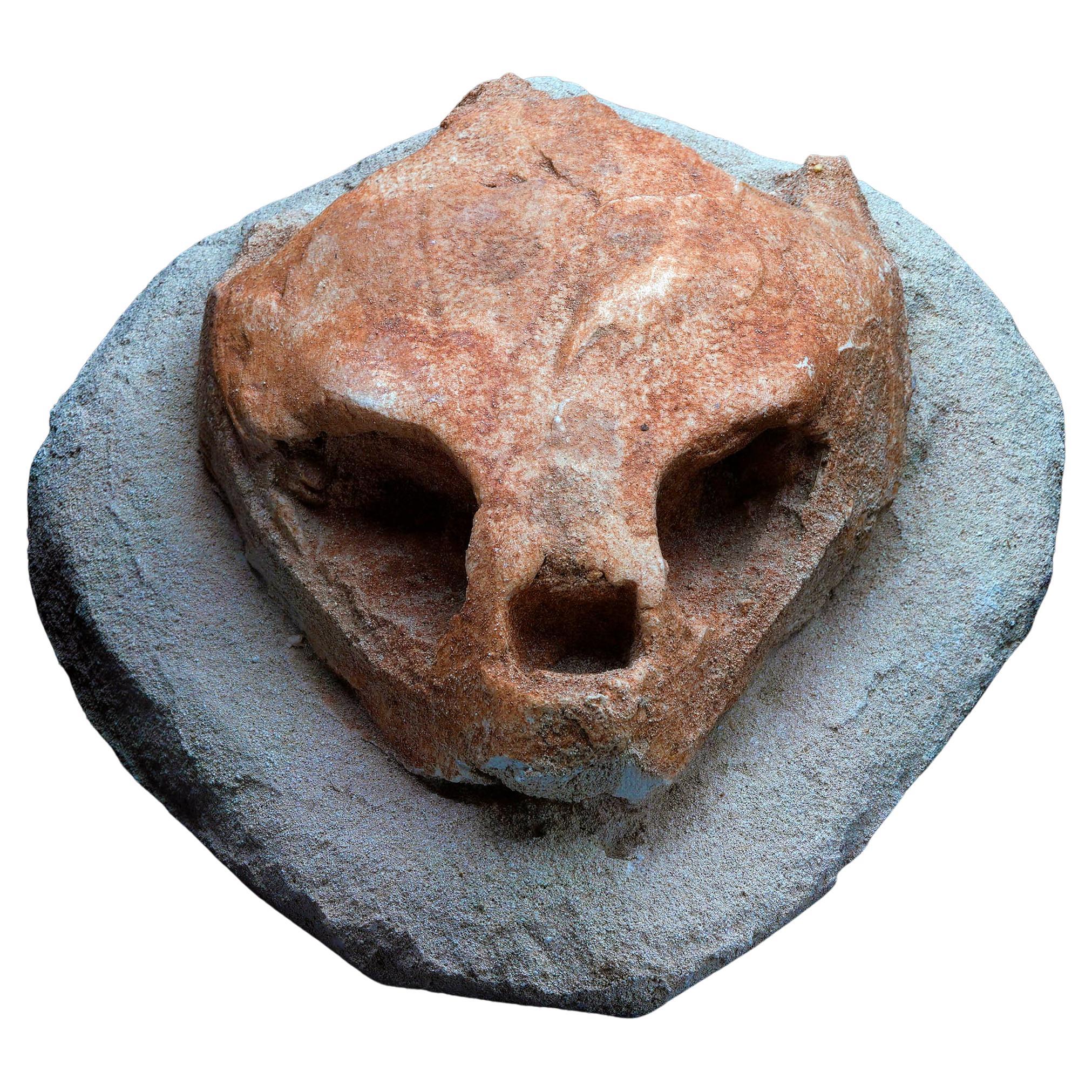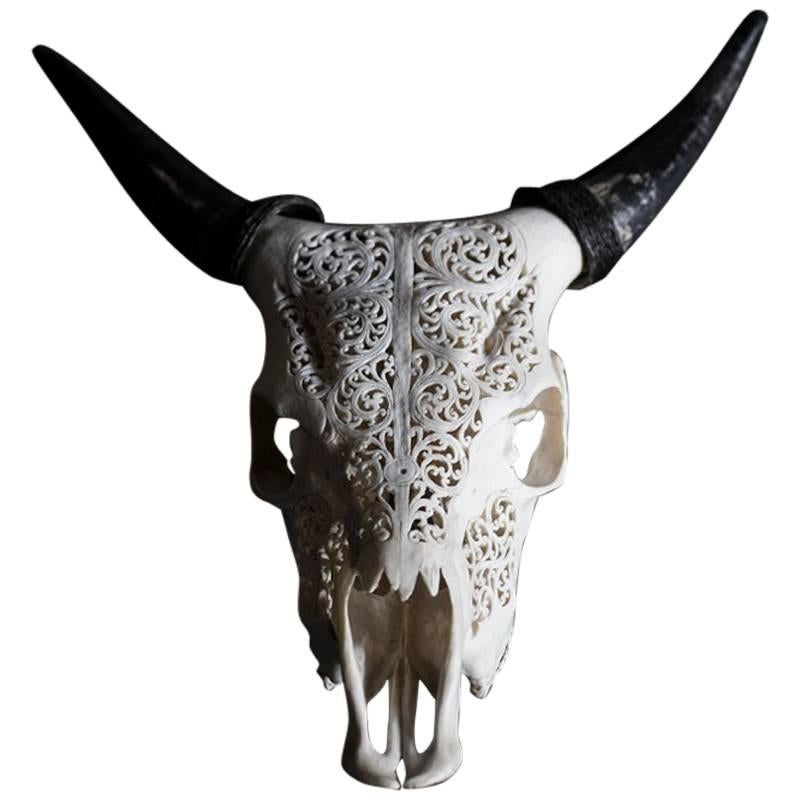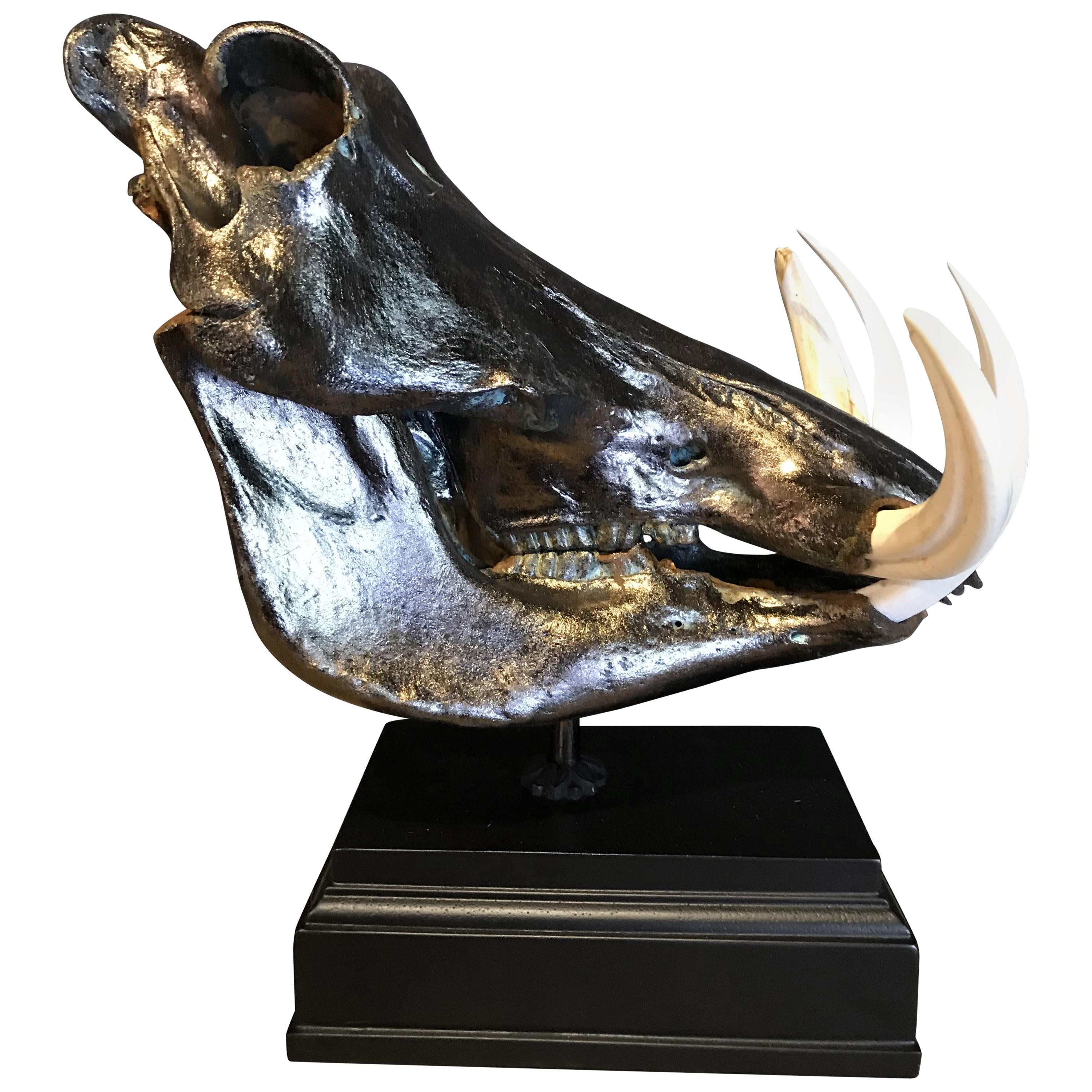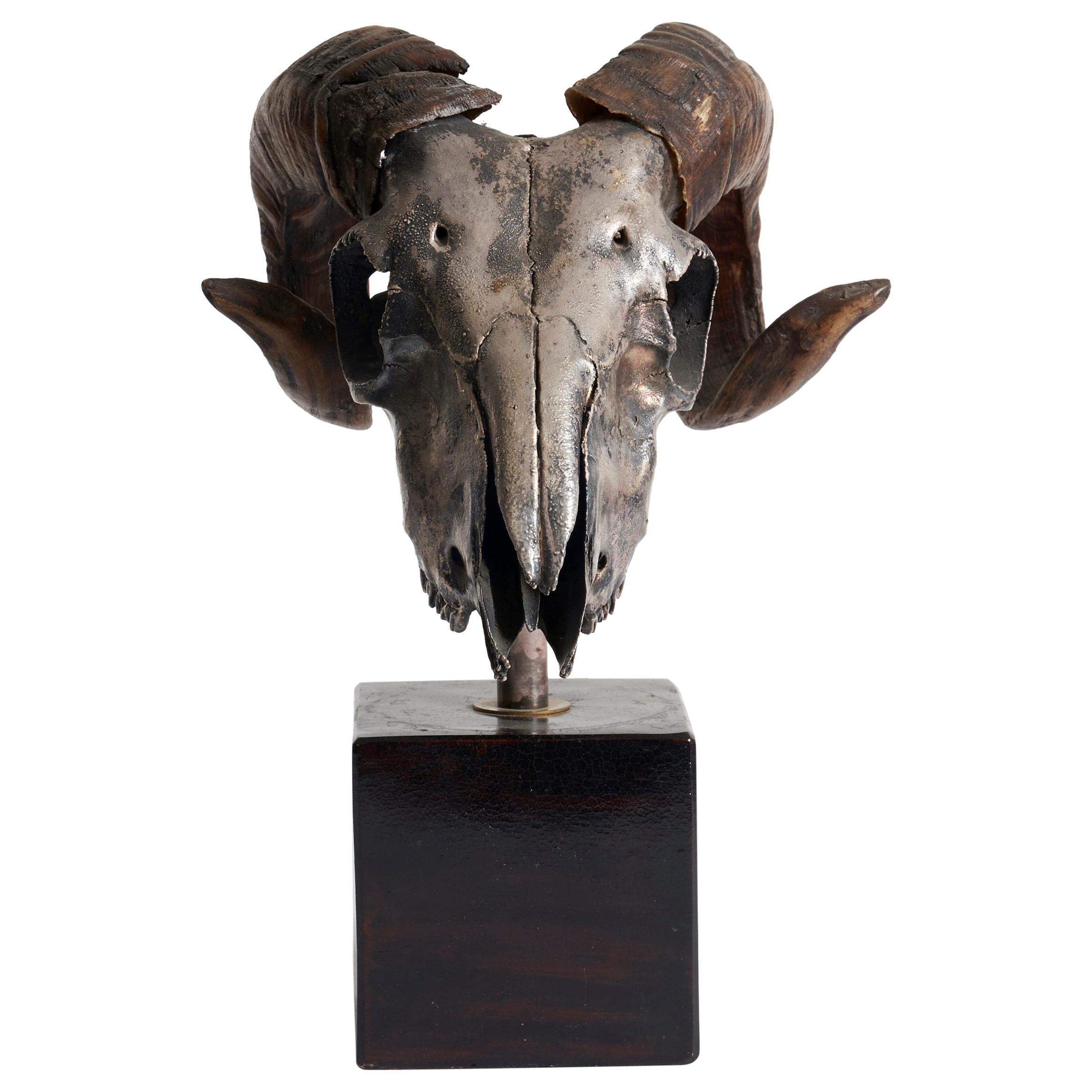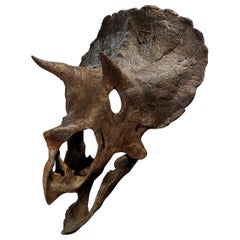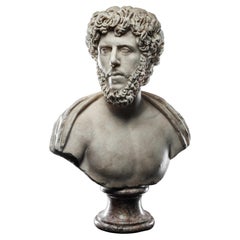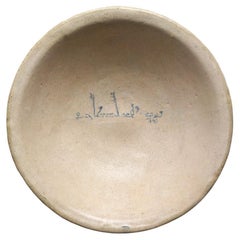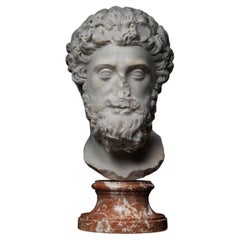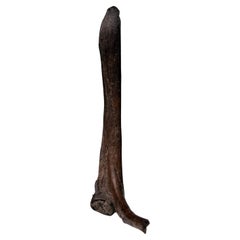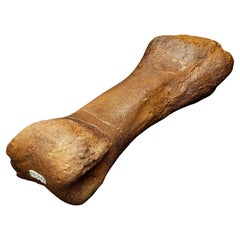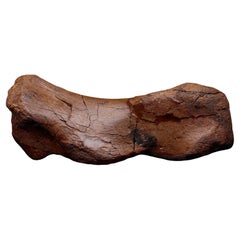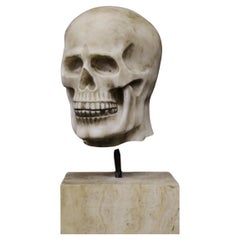
Edmontosaurus Skull
View Similar Items
Want more images or videos?
Request additional images or videos from the seller
1 of 5
Edmontosaurus Skull
$123,273.10List Price
About the Item
- Dimensions:Height: 20.87 in (53 cm)Width: 11.03 in (28 cm)Depth: 25.2 in (64 cm)
- Materials and Techniques:
- Place of Origin:
- Period:
- Date of Manufacture:Late Cretaceous Period, C. 68-66 Million Years Ago
- Condition:Repaired: The areas of bone that were not preserved have been filled with replicas, distinguished easily by using UV l. Wear consistent with age and use. The specimen largely comprises real fossil bone material, making it quite exceptional considering the fragile nature of most of the elements.
- Seller Location:London, GB
- Reference Number:1stDibs: LU5517238494072
About the Seller
5.0
Vetted Professional Seller
Every seller passes strict standards for authenticity and reliability
Established in 1910
1stDibs seller since 2020
Authenticity Guarantee
In the unlikely event there’s an issue with an item’s authenticity, contact us within 1 year for a full refund. DetailsMoney-Back Guarantee
If your item is not as described, is damaged in transit, or does not arrive, contact us within 7 days for a full refund. Details24-Hour Cancellation
You have a 24-hour grace period in which to reconsider your purchase, with no questions asked.Vetted Professional Sellers
Our world-class sellers must adhere to strict standards for service and quality, maintaining the integrity of our listings.Price-Match Guarantee
If you find that a seller listed the same item for a lower price elsewhere, we’ll match it.Trusted Global Delivery
Our best-in-class carrier network provides specialized shipping options worldwide, including custom delivery.More From This Seller
View All‘Maple’ Sub-Adult Triceratops Skull
Located in London, GB
A skull of a sub-adult Triceratops prorsus from the Maastrichtian, late Cretaceous period (68-65 million years ago).
The triceratops roamed the plains of what is now North America ...
Category
Antique 15th Century and Earlier North American Natural Specimens
Materials
Bone
Ancient Marble Portrait Bust of a Bearded Man possibly Lucius Verus
Located in London, GB
This impressive bust is depicted with head turned slightly to the right and gaze lifted. His eyes are articulated, with the pupils indicated with a drill, giving the face a striking realism. The shoulders are draped with a cloak. Straight brows sit beneath a mass of thickly curling hair, which continues to a full beard. It is worked with great skill, evident in the heavy drill work articulating and highlighting the voluminous curls, and the highly polished surfaces, giving the appearance of soft skin. The contrast between these textures gives a chiaroscuro affect which is one of the main traits of the best Antonine busts.
Roman marble portraits reached their apotheosis of craftmanship and technique under the Antonine emperors, as is evidenced in this masterful bust. The evolution of the style may be traced back to the emperor Hadrian, who was the first emperor to wear a full beard. The articulation of pupils and iris appears on busts of his lover Antinous, a novelty which continued in later Antonine portraits, such as this one. The features of this bust point to a possible identification of Emperor Lucius Verus...
Category
Antique 15th Century and Earlier Busts
Materials
Marble
Bowl with Kufic Inscription
Located in London, GB
Glazed ceramic bowl with a convex wall and everted rim. With a cobalt blue inscription in the centre which reads, “baraka li-sahibihi” (blessing to its owner).
Ceramics such as t...
Category
Antique 15th Century and Earlier Iraqi Antiquities
Materials
Ceramic
$30,133
Portrait Head of Emperor Marcus Aurelius
Located in London, GB
A marble portrait head of the Roman emperor Marcus Aurelius (r. 161-180 A.D.), in his fourth and final portrait type. Known as the Capitoline Imperatori 38 type, after the most famou...
Category
Antique 15th Century and Earlier European Classical Roman Antiquities
Materials
Marble
A Sardinian Figure of a Warrior
Located in London, GB
An exceptionally rare and important Sardinian bronze figure of a warrior. The highly stylized figure is depicted standing, holding a club resting on his shoulder in the right hand an...
Category
Antique 15th Century and Earlier Italian Antiquities
Materials
Bronze
$187,649
Marble Head of Hermes
Located in London, GB
Roman head of the god Hermes in an archaising style, following a Greek model from the fourth century B.C.. Hermes is depicted in manner typically found on herms, with a full beard of...
Category
Antique 15th Century and Earlier European Classical Roman Antiquities
Materials
Marble
$69,649
You May Also Like
Edmontosaurus Cervical Rib
Located in New York, NY
This authentic approximately 67 million year old Edmontosaurus cervical rib dates back to the Late Cretaceous period, offering a rare and tangible connection to one of North America'...
Category
Antique 15th Century and Earlier American Natural Specimens
Materials
Other
$2,100 Sale Price
30% Off
Edmontosaurus Metatarsal // 1.75 Lb. // Late Cretaceous
Located in New York, NY
This authentic Edmontosaurus metatarsal fossil was unearthed in the world-renowned Hell Creek Formation in South Dakota. This site is celebrated for yielding some of the most complet...
Category
Antique 15th Century and Earlier American Natural Specimens
Materials
Other
$2,450 Sale Price
30% Off
Edmontosaurus Metatarsal // 5.31 Lb. // Late Cretaceous
Located in New York, NY
This commanding Edmontosaurus metatarsal from the Hell Creek Formation in Western South Dakota showcases the robust structure that powered one of the Late Cretaceous period's most ic...
Category
Antique 15th Century and Earlier American Natural Specimens
Materials
Other
$3,500 Sale Price
30% Off
Marble Skull
Located in Rome, IT
Description:
Large marble skull. ADDITIONAL PHOTOS, INFORMATION OF THE LOT AND SHIPPING INFORMATION CAN BE REQUEST BY SENDING AN EMAIL
Indicative shipping costs in Italy: 170€ and Eu...
Category
Mid-20th Century Italian Figurative Sculptures
Materials
Marble
$3,328
Zebra Gold Skull
Located in Paris, FR
Sculpture Zebra Gold Skull with structure in resin
hand-painted with gold and black paint, on solid
blackened iron base. Base: 25x25cm. Exceptional
and uniq...
Category
21st Century and Contemporary French Figurative Sculptures
Materials
Iron
$5,943
White Resin Skull
Located in Los Angeles, CA
Decorative white resin skull on acrylic base.
Category
2010s Mexican Figurative Sculptures
Materials
Plastic
$1,200
